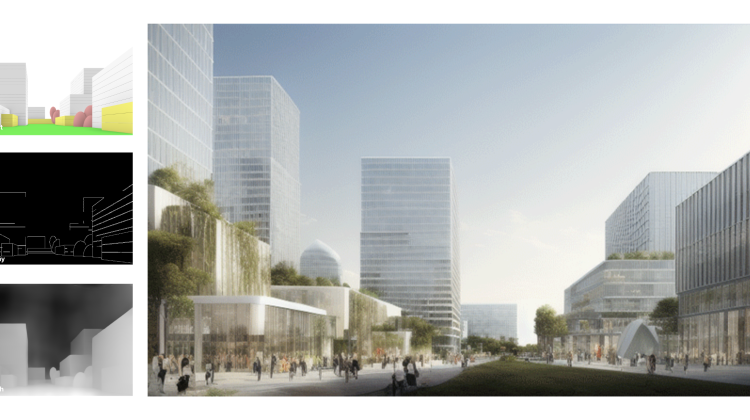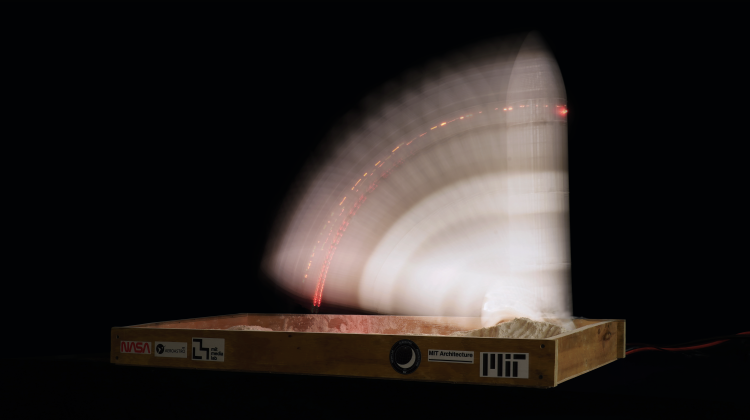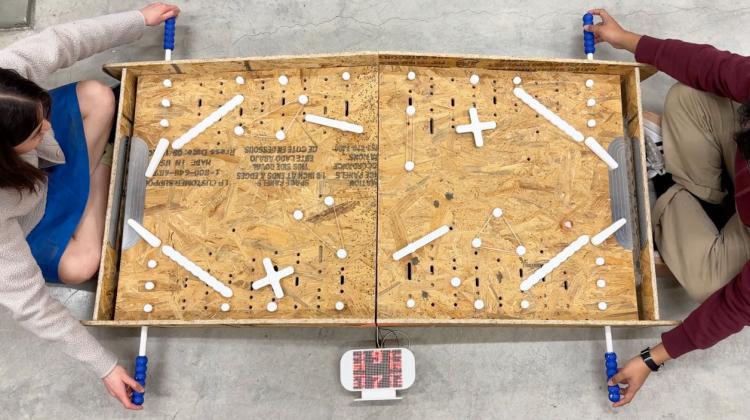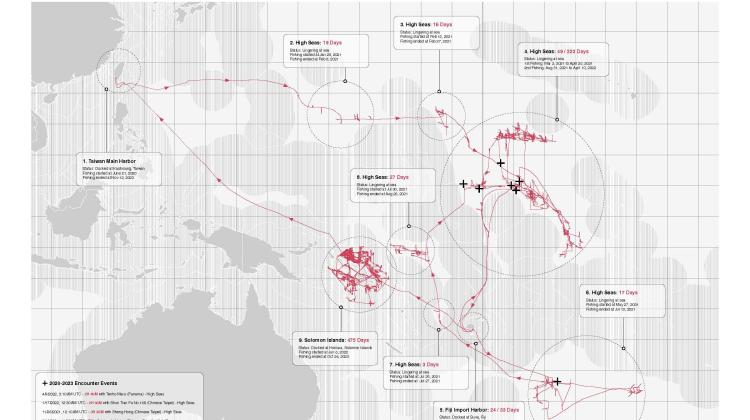Ray Wang
Ray is a Researcher and Architect based at MIT. He is a dual-degree candidate in SMEECS & SMArchS Urbanism (‘26) and works at the intersection of design and technology. Currently, he serves as a Teaching Assistant in MIT's Art, Culture, and Technology (ACT) program and as a Research Assistant in the Computer Science and Artificial Intelligence Laboratory's (CSAIL) HCI Engineering Group.
Before joining MIT, he was a registered architect from Taiwan. With years of professional experience, he has worked on projects throughout Kyoto, Taipei, Singapore, and Boston. He holds a B.Arch from National Cheng Kung University, where he received the Thesis Award with Distinction in 2019. His research at MIT, focusing on sustainable architecture and urbanism, is currently supported by the Taiwanese government.
Since 2019, Ray has established WZR, a multi-disciplinary design practice. He has been actively involved in a number of international exhibitions and events, including the Museum of Modern Art (MoMA), MIT Media Lab, MIT Wiesner Art Gallery, Politecnico di Milano, and Taiwan Contemporary Culture Lab (C-Lab).








